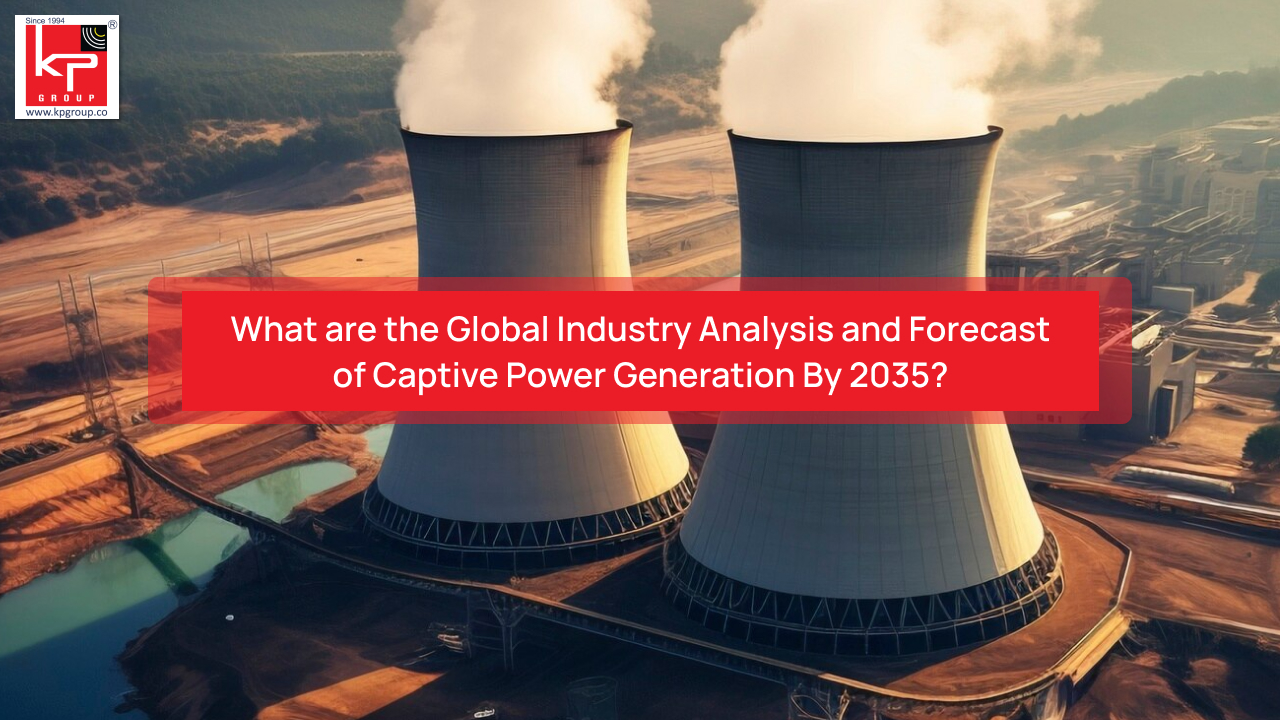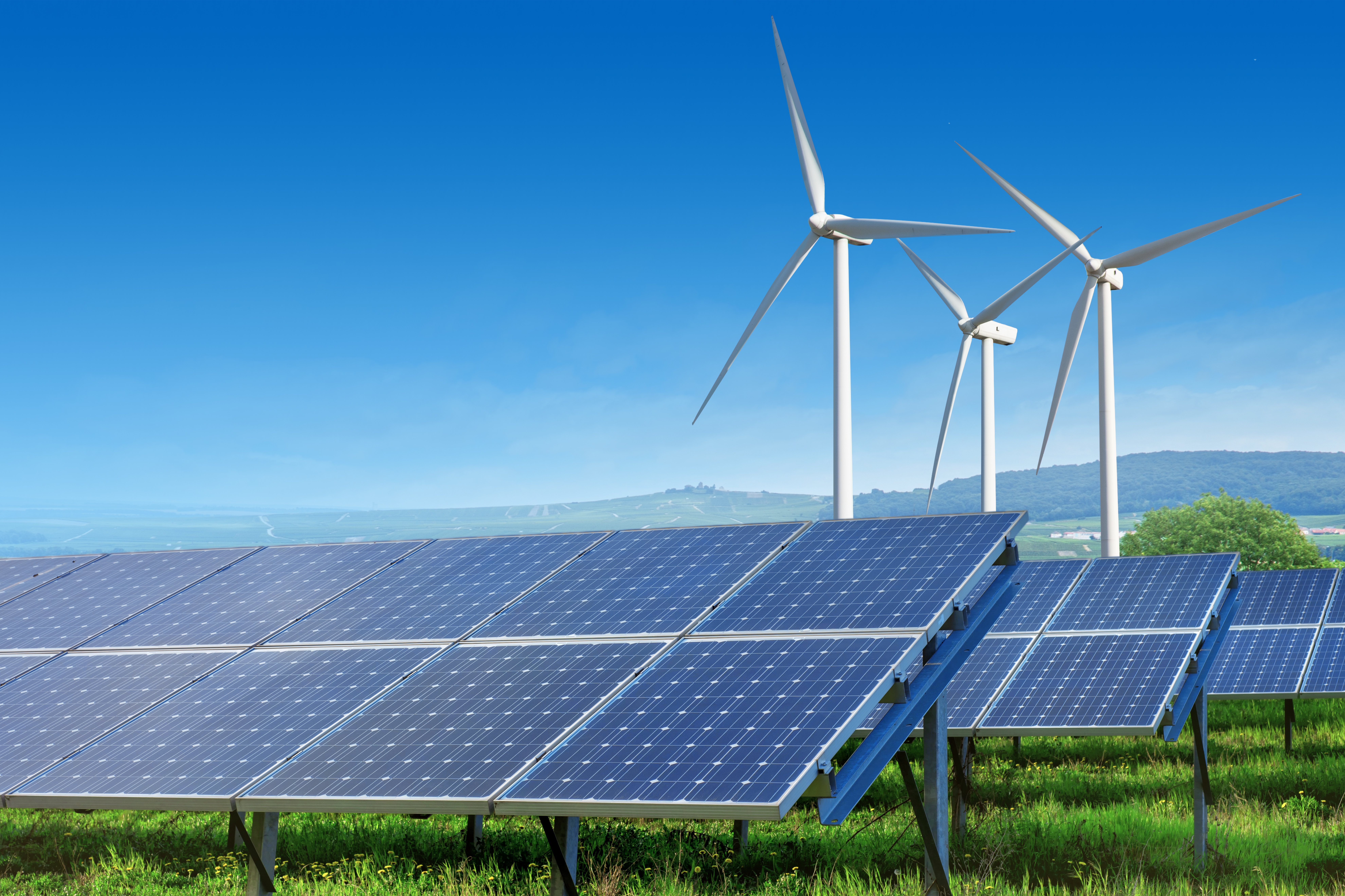5 Important Factors to Consider When Selecting An Independent Power Producer

When selecting an Independent Power Producer (IPP) for your energy needs, several crucial factors should guide your decision to ensure sustainability, cost-effectiveness, and reliability. Below are five essential considerations: 1. Regulatory Environment and Support Mechanisms When embarking on a project with an Independent Power Producer , understanding the regulatory environment is paramount. Regions vary significantly in their regulatory frameworks, which can either enable or hinder project development. Support mechanisms such as feed-in tariffs (FITs) or power purchase agreements (PPAs) provide a long-term price guarantee, making them critical in assessing the financial viability of projects. For instance, FITs offer a set price for energy supplied to the grid, encouraging investment in renewable energy by guaranteeing returns on investment. Key Considerations : Compliance : Ensure the IPP adheres to all local and international regulations, which govern everything from project


